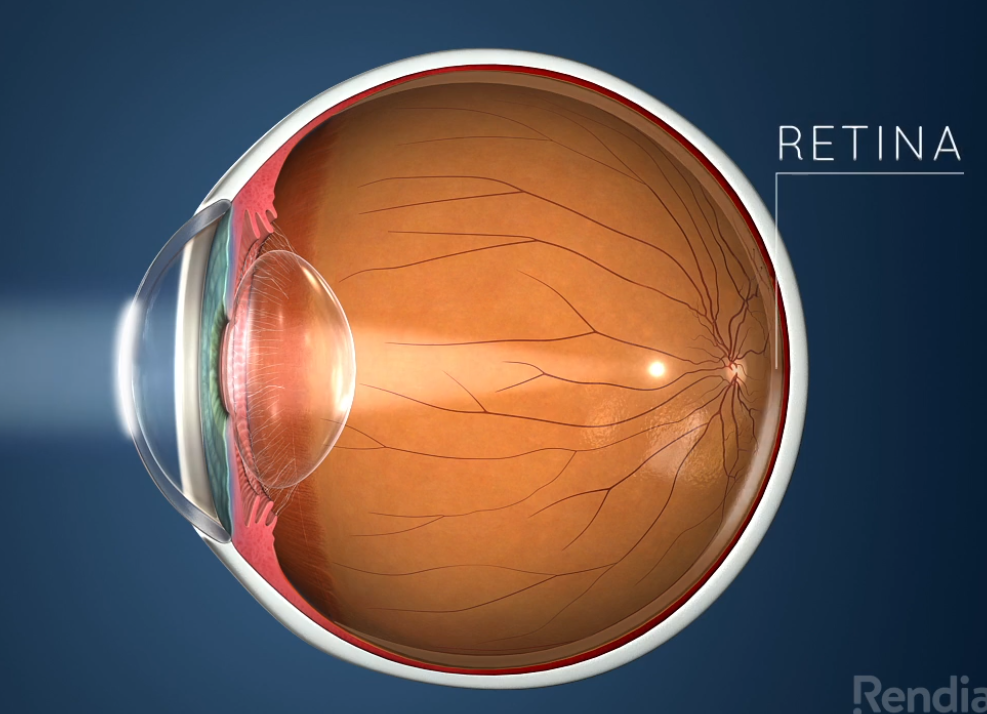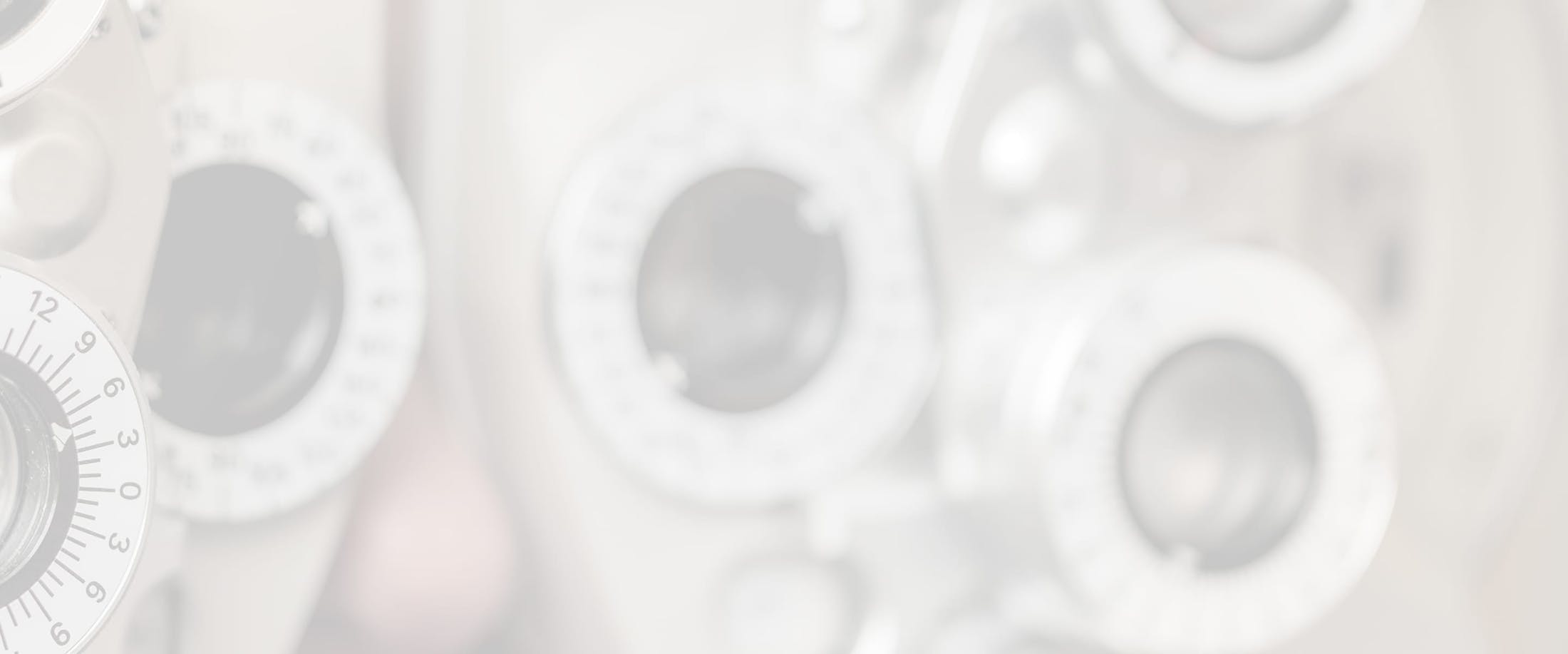Nearsightedness is a vision impairment that results in problems with or a lack of ability to make out objects or focal points that are not close to the eye.
Individuals who are diagnosed with myopia have many options available, depending on their prescription and lifestyle. Eyeglasses or contacts are often used to temporarily improve vision, and many patients use both options to accommodate their unique routines.
At Chu Vision Institute, we are able to offer our patients many permanent vision correction options. Many people might consider LASIK, SMILE, or PRK laser vision correction for life-changing results.
Dr. Chu is an expert is laser vision correction as well as surgical options like Refractive Lens Exchange. or the Implantable Contact Lens. Let Dr. Chu know if you want to learn more about permanent vision correction, and he will talk with you about whether you are a good candidate.





